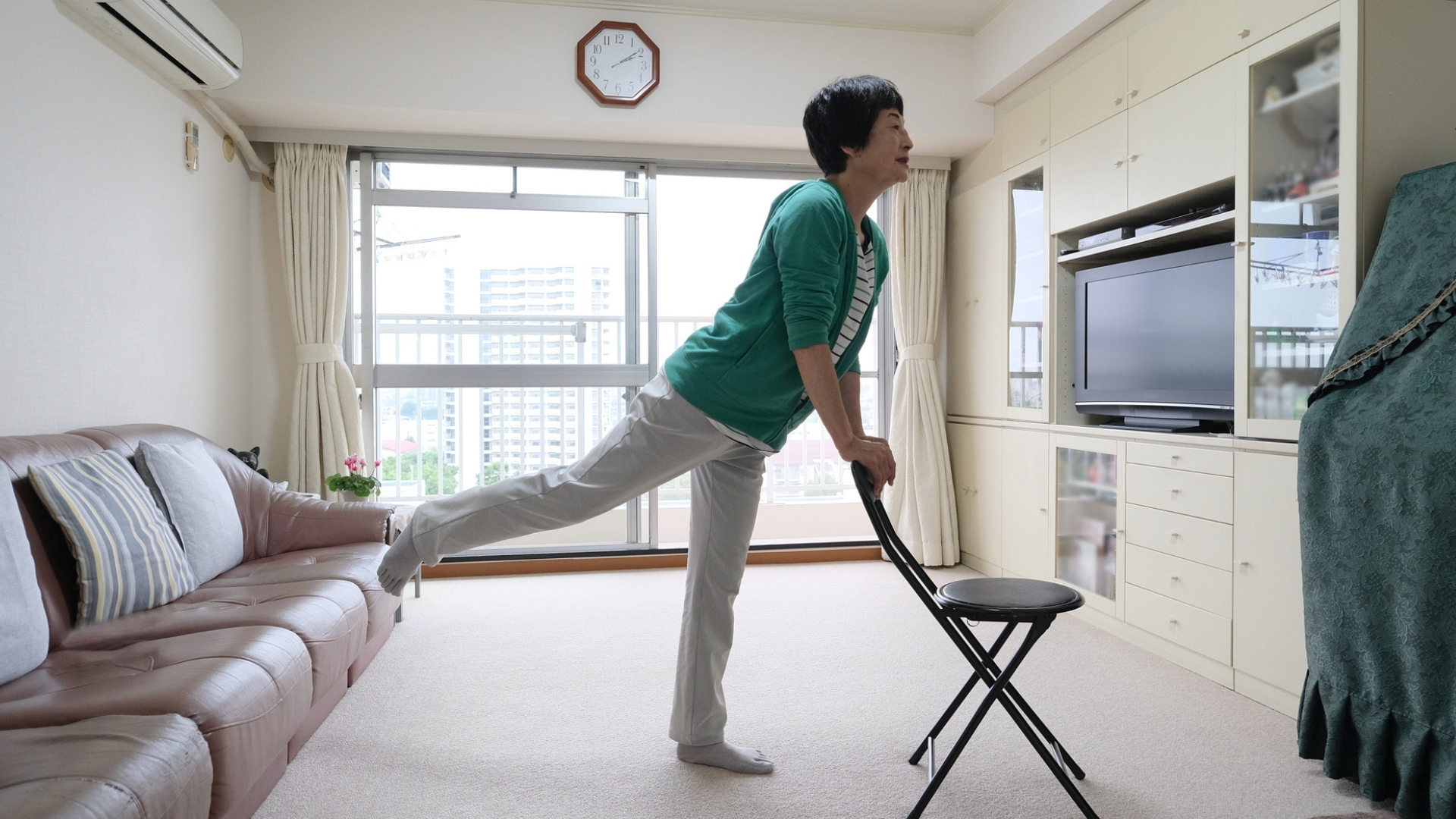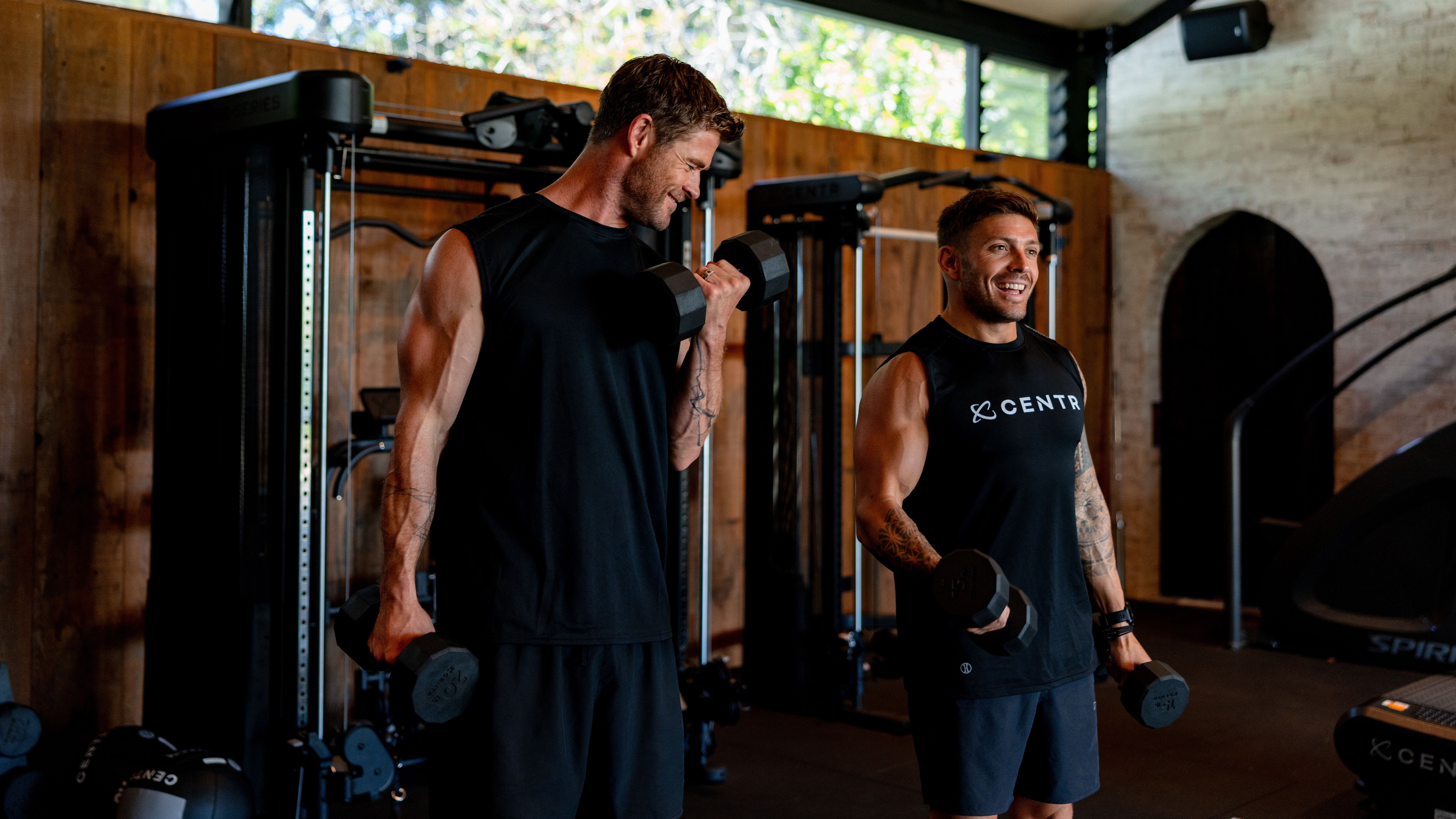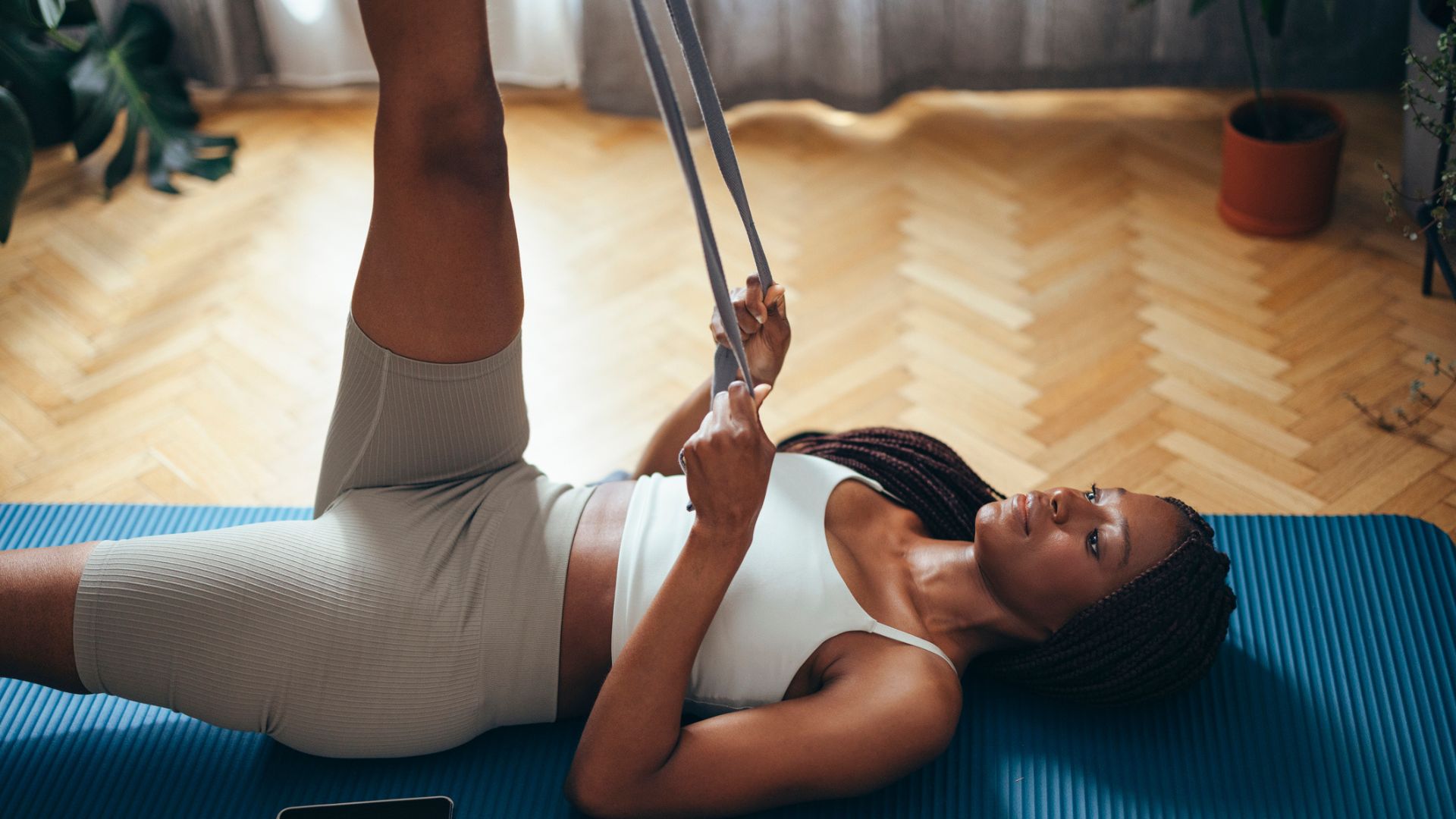"Live a longer, more independent and vibrant life"—a physical therapist shares the daily 10-minute balance routine she swears by
Get stronger, live better


Between a nine-to-five job, caring for kids, and juggling an already-packed workout schedule, something as simple as balance training might take a backseat. But as we age, our balance naturally declines.
Simple tests such as standing on one leg or using a wobble board can help you assess your balance. However, balance training is essential to maintaining functional fitness—which is the strength to perform everyday tasks like climbing stairs or getting up from a chair.
The good news? You don't need to spend hours training to see improvements. Physical therapist Jessica Valant has shared a simple balance routine that only takes 10 minutes.
How to do the 10-minute balance routine
Valant’s beginner-friendly sequence requires just an exercise mat and chair, although another stable structure like a kitchen countertop or wall will work.
The routine includes lunge variations, standing hip openers and squats. Many of the moves are unilateral exercises, which means they work one side at a time.
Unilateral training helps correct muscle imbalances, engages your core and builds functional strength for better balance.
What are the benefits of better balance?
Dr. RJ Williams, a physical therapist at FYZICAL Therapy and Balance Centers, tells me that all of our daily activities involve an element of balance.
Get the Fit&Well Newsletter
Start your week with achievable workout ideas, health tips and wellbeing advice in your inbox.
"Balance is an inescapable element of human function," Williams says. "Regardless if you are standing in place or moving through space, balance is critical to keeping you upright."
Williams says the benefits of better balance equate to "a better life", as it will allow you to be independent and move with confidence as you age.
The good news is that you’re never too old (or young) to improve your balance.
"We've seen patients in their 90s and even over 100 years old improve their balance when working through a guided balance and exercise program," says Williams. "It is never too late to get better."
Becks is a freelance journalist and writer with more than 7 years of experience in the field. She writes health and lifestyle content for a range of titles including Live Science, Top Ten Reviews, Tom’s Guide, Stylist, The Independent, and more. She also ghostwrites for a number of Physiotherapists and Osteopaths.
Health has been a big part of Becks’ lifestyle since time began. When she’s not writing about the topic of health, she’s in the gym learning new compound exercises. And when she’s not in the gym, she’s most probably reading.
-
 Build blockbuster arms and abs with Chris Hemsworth's go-to dumbbell circuit
Build blockbuster arms and abs with Chris Hemsworth's go-to dumbbell circuitAll you need are adjustable dumbbells and 20 minutes
By Sam Rider Published
-
 Forget crunches—if I wanted to improve core strength I'd do this neck-friendly Pilates workout
Forget crunches—if I wanted to improve core strength I'd do this neck-friendly Pilates workoutAnd it takes just five minutes
By Maddy Biddulph Published